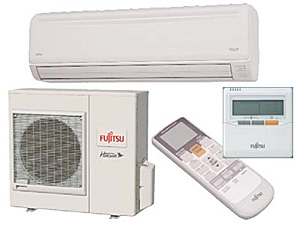 For Toronto homeowners who are trying to ensure that their heating system is the best and most efficient that it could be, there are some common questions that may be tricky to answer.
For Toronto homeowners who are trying to ensure that their heating system is the best and most efficient that it could be, there are some common questions that may be tricky to answer.
Determining whether you have a duct or ductless system is one of them and it’s actually not too complicated to find out. Keep in mind that even though you may have radiators that produce heat in your home, you still may have ducts throughout the house, especially if you have central air conditioning.
Let’s focus on this aspect first.
If you have central air conditioning in your home, then you have ducts throughout your house. The heating system may not be integrated with these ducts, but if you were considering switching over to a more efficient system, then it would be more cost effective since you’d already have the ductwork in place.
If you are unsure whether you have central air conditioning, determine whether you keep your thermostat set to a cooler temperature during the summer, and whether your home remains cool, even during the hottest days. If it does and you don’t rely on window based air conditioning units, then you have central air.
If you don’t have central air conditioning in your home, where does the heat source come from? In other words, how is it delivered to each room in the house? Do you have vents in the floor or high up on the walls or in the ceiling? If so, then you will feel hot air being forced into the room through these vents. Those vents will be connected to ducts that run back to the heating system.
If your home is heated by radiators (radiant or steam heating), then you won’t likely have ducts throughout your house.
If you’re looking to upgrade your heating system, consider forced hot air using ducts. This would also allow you to install central air in your home. A significant part of the expense for either central air or forced hot air systems is installing the ductwork, so if you can determine that they are already installed, half the battle is already won.

